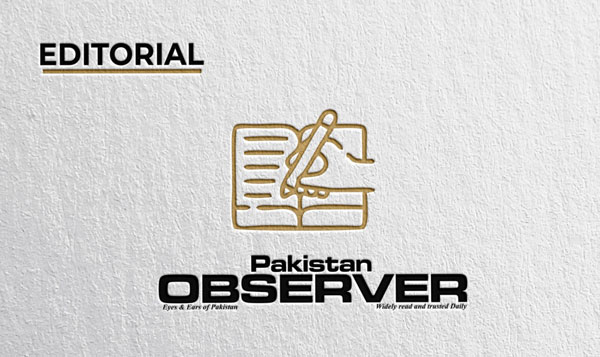STATE Bank of Pakistan (SBP) Governor Jameel Ahmad announced that remittance inflows are expected to reach an all-time high of approximately $38 billion in FY25, up from $30.25 billion in the previous fiscal year.
Speaking at the Pakistan Stock Exchange (PSX), he credited this growth to the government’s and SBP’s efforts to promote formal channels for inflows and the effective functioning of the domestic foreign exchange market.
The Governor revealed that Pakistan anticipates receiving $4 to $5 billion in additional foreign exchange inflows before June 30, which would push the country’s forex reserves beyond $14 billion.
He projected the current account to remain in surplus for FY25.
The revision of the estimates comes in the backdrop of the good news that remittances from overseas Pakistanis achieved the highest level ($4.1 billion) in a month in March 2025, sending waves of joy among governmental circles.
This marks the first time that remittances have crossed the $4-billion threshold in a single month.
The inflow represents a 37% increase year-on-year compared to $2.95 billion in March 2024.
Month-on-month, remittances rose by nearly 30%, up from $3.12 billion in February 2025.
Between July 2024 and March 2025, Pakistan received $28 billion in workers’ remittances, reflecting a 33.2% increase from the $21.04 billion recorded in the same period of the previous fiscal year.
Financial experts are attributing the phenomenal growth to seasonal factor (Ramadan and Eid) as well as people’s growing confidence in the formal banking channels.
Macro stability and a relatively stable exchange rate have encouraged the overseas Pakistan to reroute remittances through legal channels instead of the previously popular informal methods of hawala and hundi.
The SBP chief has also highlighted Pakistan’s successful transition from a phase of macroeconomic instability — marked by high inflation, depleting reserves and default fears — to a more stable macroeconomic environment.
He cited improved inflation figures, a current account surplus, rebuilt FX reserves and stronger debt indicators as signs of an economic turnaround.
The record surge in remittances has special significance to the incumbent Government as it confirms once again that the overseas Pakistanis are paying no heed to the call of the PTI founder Imran Khan not to remit money home through official channels.
The party considers overseas Pakistanis as one of its valuable assets but a quantum increase since launching of his appeal for a boycott means people are fed up with the politics of civil disobedience.
The record surge in remittances has prompted Prime Minister Shehbaz Sharif to term it a reflection of people’s trust in the government’s policies.
Calling them a valuable asset, the PM said that overseas Pakistanis working tirelessly abroad not only made the nation proud but also strengthened the national economy through remittances.
The PM can legitimately take credit for this positive scenario as his Government not only succeeded in avoiding an imminent default and moved towards stability but is also focusing on measures to boost remittances through reforms as well as plans and policies aimed at imparting relevant skills to the manpower that could help people get gainful employment abroad.
Apart from training programmes launched for the purpose with the cooperation of prominent universities and global tech giants, the Government is also securing deals with other countries for export of manpower as is confirmed from the recent announcement that Belarus will import 150,000 skilled Pakistanis.
There are also positive signals from Saudi Arabia, the United Arab Emirates (UAE) and Qatar – countries contributing fairly to the surge in remittances.
The remittances have become a lifeline for Pakistan’s economy as they not only help promote welfare of the individual families, spur economic activities but also support the external account and stabilize foreign exchange reserves.
This being the shortest way to overcome economic and financial challenges, the Government ought to focus more on improving higher education and making training programmes more relevant to the changing needs of the job markets abroad.










